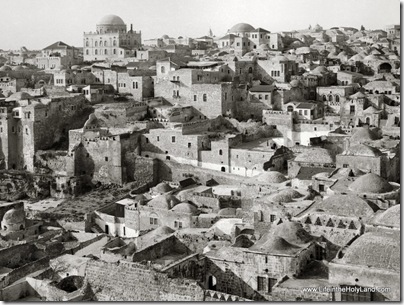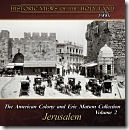I disagree with the premise that biblical monotheism evolved as man became smarter and more sophisticated, but this conference with leading scholars will certainly have interesting insights nonetheless. The conference is being held on the AJU campus in Los Angeles. More details and registration details are available at their website.
What Do We Mean When We Say ‘Monotheism’?
Monotheism is a basic tenet of Jewish belief. In a fascinating day devoted to this topic, a group of eminent archaeologists and scholars will broaden our understanding of the origin of monotheism and how it has shaped our religious thinking.
Please join us as our esteemed AJU Distinguished Professor of Biblical Literature and Semitic Languages, Dr. Ziony Zevit, addresses this question and introduces the following speakers and their topics:
Dr. Mark Smith, Skirball Professor of Hebrew and Near Eastern Studies at New York University, The Old and the New in Israelite Monotheism.
Dr. Barry Gittlen, Professor of Biblical and Archaeological Studies at Towson University, An Archaeological Introduction to Biblical Cult Places and Images.
Dr. Jeffrey Tigay, A.M. Ellis Professor of Hebrew and Semitic Languages in the Department of Near Eastern Languages and Civilizations at the University of Pennsylvania, Monotheism in the Hebrew Bible.
Dr. Steven Fine, Professor of Jewish History at Yeshiva University in New York and Director of Yeshiva University’s Center for Israeli Studies, The Archaeological Evidence for Monotheism in Synagogues and Churches in the Roman World.
Dates: Sunday, January 10, 2010
Meeting Duration: 10am – 3pm
Tuition: $50 Includes lunch
If you’d rather hear Clinton and Bush lecture at AJU, there’s more information here.
HT: G. M. Grena




